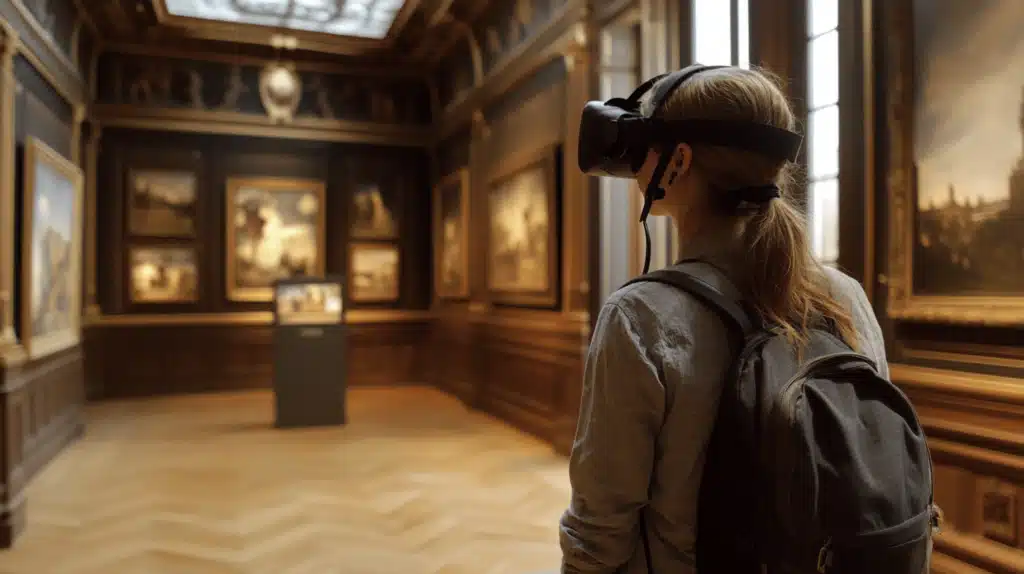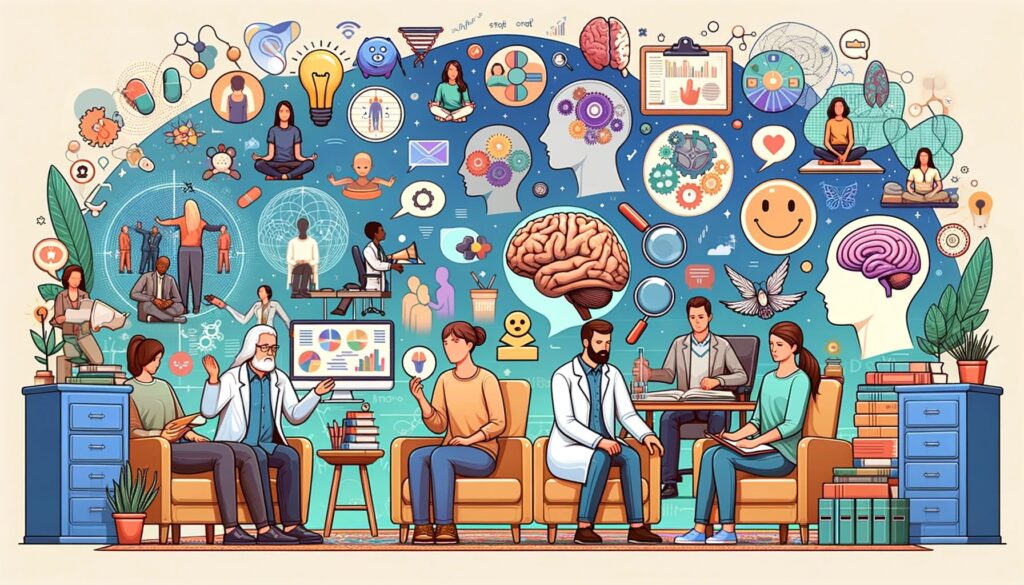In today’s digital age, virtual tours have become an essential part of how we experience historical and tourist sites from the comfort of our own homes. Whether it’s exploring ancient ruins, visiting famous landmarks, or taking a walk through museums, AI-powered voice effects are significantly enhancing the way these virtual experiences are delivered. By leveraging tools like text-to-speech and voice changers, content creators and tour guides can bring historical narratives to life, engage viewers, and offer personalized, immersive experiences.
AI voice technology is revolutionizing virtual tours by allowing creators to produce dynamic, varied, and professional-sounding audio narrations. This technology can adapt the tone, pitch, and delivery style, creating different voices for characters, guides, or narrators, and adjusting according to the content’s theme or audience. The result is a more engaging and interactive experience that captivates viewers and enriches the overall virtual tour.
In this post, we will explore how AI voice effects are transforming virtual tours and how tools like CapCut’s voice changer and text-to-speech features can bring historical and tourist sites to life. From improving accessibility to enhancing storytelling, AI technology offers endless possibilities for creating memorable and impactful virtual tour experiences.
1. Enhancing Storytelling with AI Voice Effects
Storytelling is at the heart of every great virtual tour. Whether you’re introducing a historical figure, explaining the significance of a landmark, or describing an artwork, the voice behind the narration can make all the difference. AI-powered voice effects allow creators to transform their narration by offering a variety of voices, tones, and accents.
For example, imagine a tour through ancient Rome. Instead of having one generic voice narrating the entire pre-recorded tour, you can use AI tools to create different voices for various historical characters, such as Julius Caesar, an ancient gladiator, or a Roman citizen. These diverse voices add depth to storytelling, keeping viewers engaged and bringing the past to life. AI voice effects make it easy to create these voices, which could be set to reflect different time periods, cultural backgrounds, or emotional tones.
2. Making Virtual Tours Accessible
AI voice effects aren’t just about enhancing storytelling; they also play a crucial role in improving accessibility for a broader audience. Many virtual tours feature text-based descriptions, which can be difficult for people with visual impairments or reading difficulties. By integrating AI-powered text-to-speech tools, these virtual tours become accessible to a wider range of viewers.
With the help of AI text to speech free technology such as CapCut, text descriptions and information about sites can be instantly converted into natural-sounding audio. This ensures that individuals with visual impairments can experience the tour just as effectively as anyone else. Additionally, for viewers with hearing impairments, AI-generated captions can be automatically synced with the narration, creating an inclusive experience.
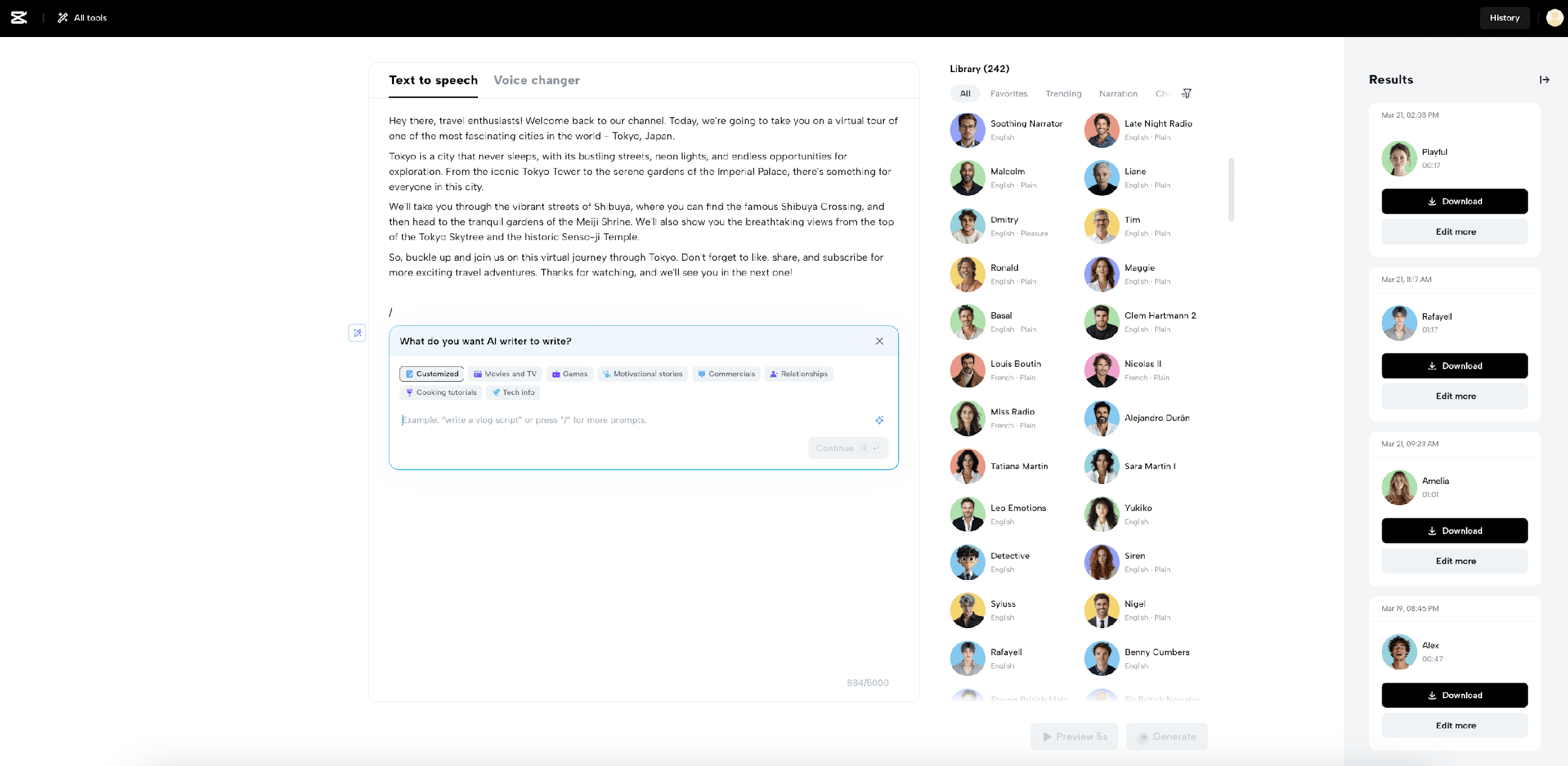
3. Personalizing the Virtual Tour Experience
One of the great advantages of using AI voice technology is the ability to personalize virtual tours. Whether you’re guiding visitors through a museum or taking them on a tour of a famous city, AI allows you to adjust the voice and tone of your narration to better suit your audience’s preferences.
For example, AI-driven voice modulation can alter the tone of voice to be more friendly, formal, or dramatic, depending on the content. A voice changer allows the narration to shift between different personas or characters, making the experience more interactive and engaging. For a family-friendly tour, a warm and inviting voice might be appropriate, whereas a more authoritative voice could be used for educational content. This level of personalization helps keep the viewer’s attention while also catering to different audience demographics.
4. Improving Multilingual Access
One of the most powerful features of AI voice effects in virtual tours is their ability to provide multilingual access. As virtual tours become more popular worldwide, creators want to ensure that their content can be enjoyed by a global audience. AI voice effects can be used to generate audio narrations in multiple languages, allowing users from different linguistic backgrounds to experience the tour in their native language.
By integrating AI-driven translation tools and multilingual text-to-speech functions, virtual tours can automatically generate different voice narrations for each language. This eliminates the need for multiple voice actors and saves time while expanding the tour’s reach to a global audience. Visitors can simply select their preferred language and enjoy the tour in an engaging, natural-sounding voice.
5. Improving Engagement with AI-Powered Sound Effects
To make virtual tours even more immersive, AI voice technology can be combined with sound effects and background music. For example, while narrating a tour of a bustling city, AI tools can seamlessly add sounds of the city, such as traffic, people talking, or street performers, into the audio. These environmental sounds help recreate the feeling of being in the location, making the virtual experience more lifelike.
In museums or historical sites, AI can also be used to add relevant sound effects to enhance the storytelling. Imagine hearing the sounds of ancient tools being used while touring a prehistoric site or the clashing of swords in the background while exploring medieval castles. By integrating AI-generated sound effects with voice narration, virtual tours become more engaging and memorable.
6. CapCut Voice Changer: A Simple 3-Step Guide for Creating Dynamic Virtual Tours
To enhance the voice effects of your virtual tours, you can easily integrate the CapCut voice changer tool. This tool allows you to modify the tone, pitch, and style of your narration to suit the context and content of your tour. Here’s how you can use CapCut’s voice changer in three simple steps:
Step 1: Import Your Audio or Record New Narration
First, open CapCut Online and import the audio file that you want to modify. You can either record your narration directly into the platform or upload an existing recording. This will be the base for your modified voiceover.

Step 2: Choose Your Voice Effect
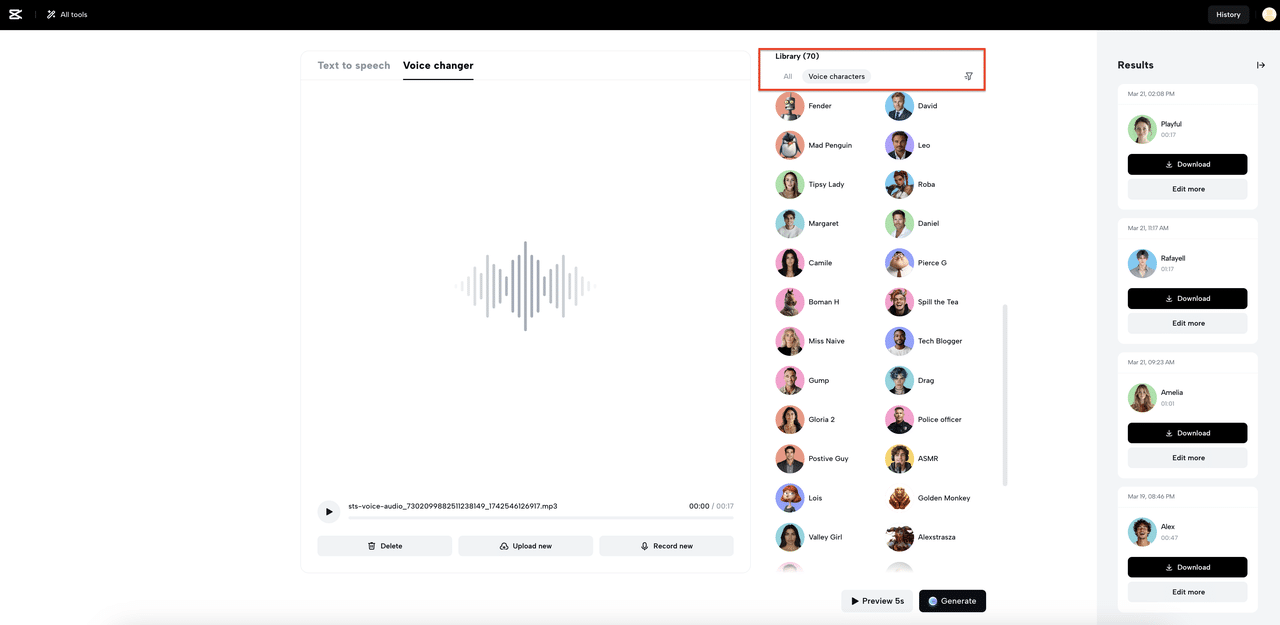
Once you’ve uploaded your narration, navigate to the voice changer section. You can choose from a variety of effects such as adjusting pitch, tone, speed, or even adding robotic, cartoon, or dramatic effects to your voice. This allows you to tailor your narration to match the character or mood you want to create in your virtual tour.
Step 3: Refine and Export Your Audio
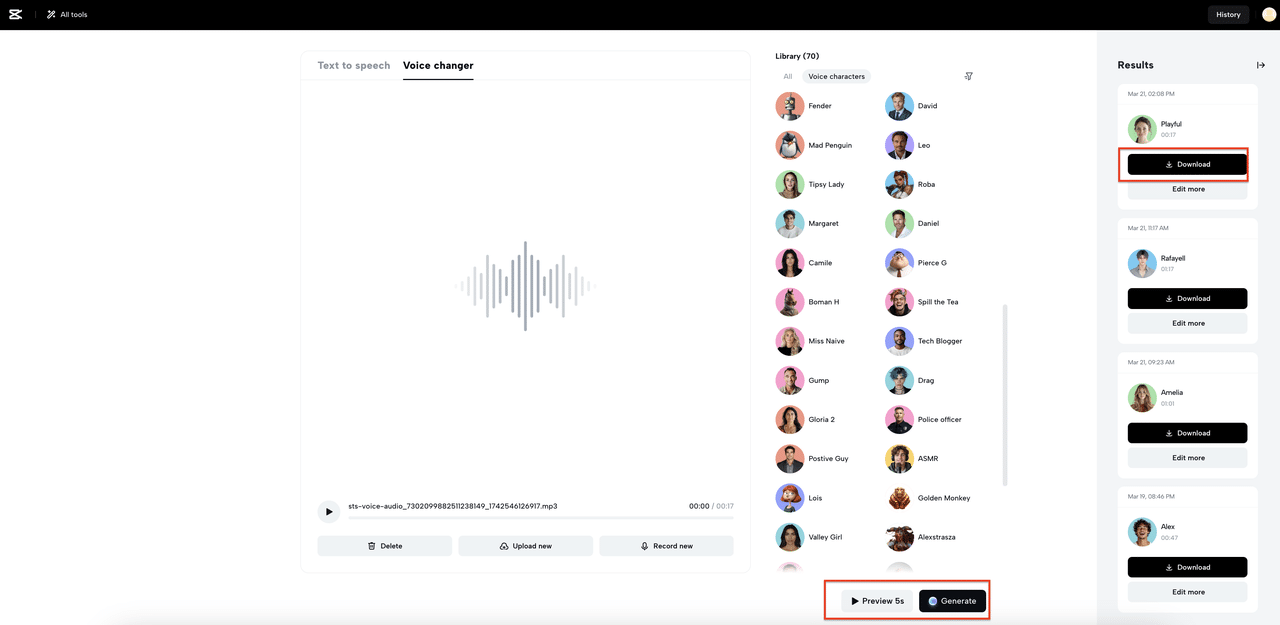
After modifying the voice, play back the audio to make sure it fits perfectly with your tour content. If needed, adjust the settings further until you’re satisfied with the result. Once done, click Download to save the audio file. You can now use this enhanced voiceover in your virtual tour video, ensuring it sounds professional and captivating.
7. AI Caption Generators Enhance Virtual Tour Accessibility
In addition to enhancing voice narration with AI-driven voice effects, captions play an equally important role in making virtual tours more accessible and engaging. With the help of an AI caption generator, you can ensure that your virtual tours are not only available in different languages but also accessible to individuals with hearing impairments or those who prefer watching videos without sound.
AI-generated captions automatically transcribe the spoken words in your virtual tour, providing a textual representation of the narration. This is especially valuable for individuals who are deaf or hard of hearing, as it allows them to follow along with the content without missing key details.
For creators and businesses who are looking to give away virtual tour copies, captions can ensure that everyone—regardless of hearing ability—can access the tour.
Conclusion
AI voice effects are revolutionizing the way virtual tours are created and experienced. By allowing creators to personalize voiceovers, enhance accessibility, and add immersive sound effects, these tools make virtual tours more engaging, inclusive, and dynamic. Whether you’re offering a historical tour or showcasing tourist attractions, AI-powered voice technology enables you to bring your content to life in a way that was previously impossible.
With tools like CapCut Online’s voice changer and text-to-speech capabilities, you can elevate your virtual tours, ensuring that your audience remains engaged and informed. As AI continues to evolve, the future of virtual tours looks brighter than ever, with even more possibilities for creativity, accessibility, and personalization.

